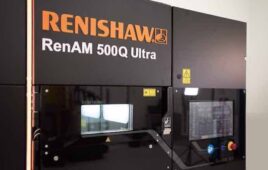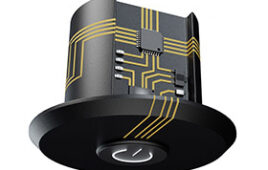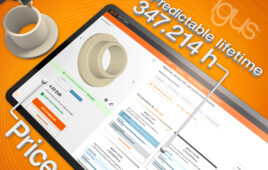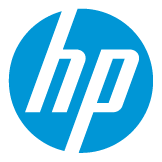Thinking outside the [box]
College has changed a lot since I was a student. Shortly after I graduated from Georgia
Tech, the campus underwent quite the building boom, thanks to its upcoming status as the Olympic
Village for the 1996 Summer Olympic Games. Touring the school in the subsequent years always left
me amazed at the new amenities. And I can recall looking at the University of Arizona when I was
considering graduate school, my jaw dropped at the prospect of high-rise dorms with huge swimming
pools right beside them. It was like spring break compared to what I’d known.
But changes in the college experience today go far beyond mere physical structures. While
touring the new Sears Think[box] innovation hub on the campus of Case Western Reserve University,
I was blown away … what these engineering students have at their disposal today is incredible.
Think[box] functions as a comprehensive fabrication laboratory, a place where the University
hopes members of the engineering, design, arts, humanities, science, medical and business
communities will interact. The goal is to help both students and faculty become the entrepreneurs
and technology leaders of the future. Think[box] is also open (and free!) to the public, which I think
will add a great mix to this campus hub.
Think[box] has been around since 2012, but it’s just moved into a new $35M home, a
seven-story, 50,000 sq-ft building. The layout of the project is quite impressive:
The first floor includes interactive presentation and workshop areas, an inventor’s hall of fame and
social meeting spaces focused on users from outside the university, including K-12 students, industry
groups and community groups.
The second floor has open space to support generation and development of ideas. There is a range
of informal, re-configurable spaces for users to meet, think and develop their ideas. It will include
multi-media equipment to support group collaboration and expression.
The third floor focuses on prototyping, with a wide range of state-of-the-art digital manufacturing
equipment for users to quickly turn their ideas into some form of physical object.
The fourth floor houses traditional fabrication/manufacturing workshops.
The next phase of the project, to happen over the next year, will add a garage-style project floor;
a floor devoted to startup assistance (including business planning, intellectual property and legal
advice), and a floor for incubating startup companies that develop both within and outside the
university.
I’ve been told that top-notch universities have been visiting Think[box], to see how to create
similar spaces on their campuses. My thought was: What a great recruiting tool for CWRU. I tried to
imagine prospective engineering and design students getting a campus tour and then seeing this
lineup of toys: 3D printers, circuit-board routers, laser cutters, a computer-controlled ShopBot router, a
Lynx 3D Microscope, a 3D scanner, a mixed signal oscilloscope and a vacuum chamber.
What aspiring engineer wouldn’t want to play—and learn—here?
Paul J. Heney – Editorial Director
[email protected]
On Twitter @DW_Editor
Filed Under: 3D printing • additive • stereolithography, DIGITAL ISSUES • DESIGN WORLD





Tell Us What You Think!